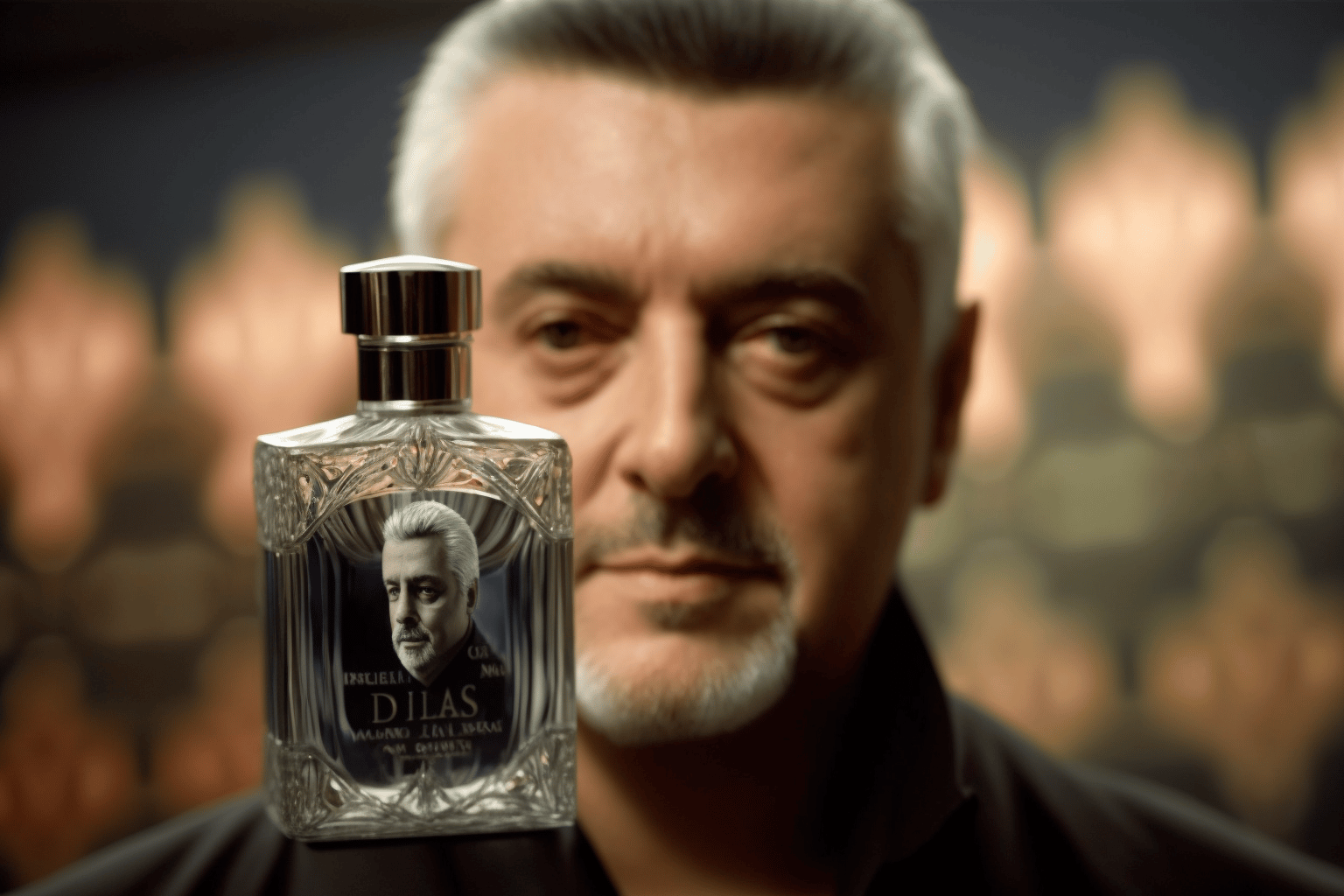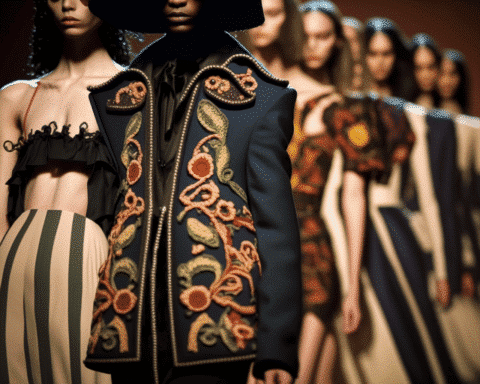Paco Rabanne, a Spanish designer known for his innovative textile creations and successful perfumes, died at the age of 88 in Portsall, France.
He was fascinated with the future, and his 1966 collection of twelve dresses made of metal and plastic mesh broke with traditional textile fashion and reflected the industrial design and architecture of the time.
Rabanne was part of a group of designers influenced by the space race and was known for his provocations, having once been called a metalworker by Gabrielle Chanel.
He was born in Pasaia, Gipuzkoa, in 1934 and was a personal searcher who changed his last name to Frenchify it and make his way in Parisian fashion circles.
In the 1960s, fashion was transitioning from haute couture to ready-to-wear, and Rabanne was at the forefront of this change, dressing women as spaceship crew members and making fashion both clothing and entertainment. One of his most memorable pieces was the dress from the film “Barbarella” (1968).
Paco Rabanne’s collections followed a unique path, combining a street-inspired aesthetic with daring and unconventional experimentation.
His models were bold and dressed in form-fitting garments and metallic-accented skirts, making a statement in the fashion world.
Despite not being widely popular, Rabanne’s fashion was highly publicized and earned him the reputation of an enfant terrible.
His success came from his fragrance division, which was the economic engine of his business.
In the 1960s, Rabanne partnered with the Puig family’s perfume company and created successful fragrances such as Calandre and Paco Rabanne Pour Homme.
In 1986, Puig acquired the entirety of Rabanne’s brand and continued to release best-selling fragrances.
Rabanne continued to present haute couture collections until 1999, but Puig decided to end this activity and focus on ready-to-wear collections and fragrances due to high costs.
In 2011, Puig relaunched Rabanne’s fashion lines, and since 2013, the brand has been under the creative direction of Julien Dossena, who has revitalized fashion and consolidated its position in the international fashion industry.
Rabanne’s unique and daring vision of fashion continues to inspire Puig’s fashion and fragrance teams. Following Rabanne’s death, the CEO of the Puig group, Marc Puig, stated that Rabanne’s legacy will continue to be a source of inspiration for the company.
Rabanne, who received the National Fashion Design Award in 2010 for his innovative contributions to 20th-century culture, passed away after a period of low visibility in both media and fashion circles.
Despite being known for his controversial moments related to his interpretation of Nostradamus, Rabanne was ahead of his time with his practical, technology-driven and bold fashion principles that prioritized free expression over elegance.
His vision of fashion has proven to be prophetic, not due to his involvement with astrology, but because of his foresight in predicting the changes in the fashion industry.
Rabanne will always be remembered as an unconventional and unclassifiable figure in the world of fashion.
Paco Rabanne’s passing marks the end of an era in the world of fashion and design. He was a visionary and a revolutionary who left an indelible mark on the industry with his bold, daring, and innovative designs.
He broke the mould and paved the way for a new modernity, inspiring future generations to push the boundaries of creativity and expression.
Though he may no longer be with us, his legacy lives on and will continue to inspire those who seek to challenge the status quo and forge their own path.




